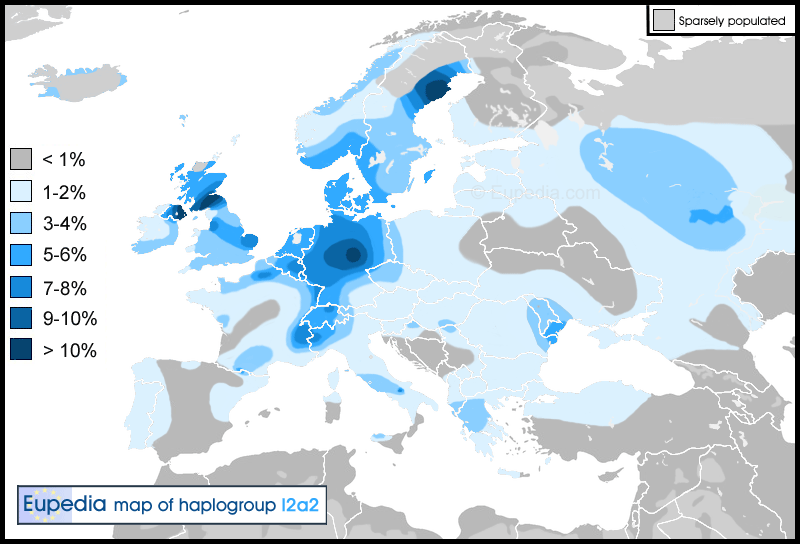Population estimates for these periods can only ever be approximate. McEvedy and Jones' estimates may be a little low in this case, although most of their other population estimates are generally comparable with other sources.
Their exact quote for Ireland is: "Ireland's prehistoric population build-up was proportionately slower than England's. Starting from a few hundred in the mesolithic, the number is unlikely to have risen to more than a few thousand in the neolithic and 100,000 in the Iron Age. Medieval growth was more impressive-......".
I suspect that there was a mixed economy (of farming, herding, hunting/fishing, and gathering) in much of neolithic Britain and Ireland, rather than intensive agriculture. While horses were brought in by the Bell Beakers, the neolithic population might have been semi-nomadic, rather than being tied to their fields year-round, and could have simply picked up and gone (north?). (Or they were already resident in the Isles and able to resist, or assimilate with, the Bell Beakers, and later the Celts and Vikings.)
In that sense, there may have been displacement as much as replacement. According to Maciamo's map, ~10% of SW Scotland and NE Ireland is I-P216, 90% of which is I-M223 (so a proxy):
We don't know, of course, how much, if any, of that dates back to before the Bell Beakers, or may have come in later, with the Bell Beakers, Celts, Romans, Anglo-Saxons, Vikings, etc.
An L126 neolithic sample has been found on the Isle of Lewis (Outer Hebrides). I-M423 neolithic samples have been found in the Orkneys, with no archaeological signs of later Bell Beaker intrusion:
I-L460
-P37.2
--
M423
-P216
--M223
---P222
----CTS616
-----FGC15071
------M284
-------
L126
So, at least a remnant I2a population from the neolithic surviving in the Highlands and Western Isles is certainly possible, taking into account the Highland Clearances, which denuded much of those areas of "crofters", replacing them with sheep.




